Putumayan triads: patron-client relationships in the cocaine economy
DOI:
https://doi.org/10.22380/2539472X.1189Keywords:
Patron-client relations, cocaine production, PutumayoAbstract
This paper analyzes cocaine’s relations of production in southern putumayo through the lens of patron-client relations. I argue that the exchange of intangible for tangible signs of goodwill between primary producers and middlemen masks vertical relations of dominance and submission. While the primary producer is situated at the lowest level in these relations, the middleman is a mere broker in a triadic structure whose head is represented by the cocaine producer. Nevertheless, as I demonstrate in the article, primary producers’ particular form of submission regarding their subjection to the exploitation, violence, and power exercised by armed groups, is conditioned by the capacity of the intermediary to negotiate with the cocaine producer
Downloads
References
Benveniste, Émile. 1969. Le vocabulaire des institutions indoeuropéennes. Volumen I: Économie, parenté, societé. Éditions de Minuit. París.
Boissevain, Jeremy. 1974. Friends of friends. Oxford University Press. Oxford.
Crossan, John Dominic. 1991. The historical Jesus: The life of a Mediterranean Jewish peasant. Harper Collins. San Francsisco.
Danker, Frederick W. 1982. Benefactor: An epigraphic study of a GraecoRoman and New Testament semantic field. Clayton Publishing House. St. Louis.
Durkheim, Émile (1893) 1997. The division of labor in society. Free Press. Nueva York.
Eisenstadt, S. N. y Louis Roniger. 1980. “Patron-client relations as a model for structuring social exchange”. Comparative Studies in Society and History. 22 (1). DOI: https://doi.org/10.1017/S0010417500009154
Gutiérrez, Omar. 2005. Cultivos de uso ilícito en el Meta. Aproximación desde la economía política. PNUD. Bogotá.
Hobbs, T. R. 1997. “Reflections on honor, shame and convenant relations”. Journal of Biblical Literature. 16 (3). DOI: https://doi.org/10.2307/3266671
Legrand, Catherine C. 1977. “Perspectives for the historical study of rural politics and the Colombian case: An overview”. Latin American Research Review. 12 (1).
Major, Russel J. 1992. “Vertical ties through time”. French Historical Studies. 17 (4). DOI: https://doi.org/10.2307/286831
Marx, Karl (1852) 2003. El dieciocho Brumario de Luis Bonaparte. Alianza Editorial. Madrid.
Ramírez, María Clemencia. 2001. Entre el Estado y la guerrilla: identidad y ciudadanía en el movimiento de los campesinos cocaleros del Putumayo. Instituto Colombiano de Antropología e Historia. Bogotá.
Rothstein, Frances. 1979. “The class basis of patron-client relations”. Latin American Perspectives. 6 (2). DOI: https://doi.org/10.1177/0094582X7900600203
Saller, R. P. 1982. Imperial Patronage under the Early Empire. Cambridge University Press. Cambridge DOI: https://doi.org/10.1017/CBO9780511583612
Schmidt, Steffen. 1974. “La Violencia revisited: The clientelist bases of political violence in Colombia”. Journal of Latin American Studies. 6 (1). DOI: https://doi.org/10.1017/S0022216X00008312
Slater, Philip. 1973. Earthwalk. Doubleday. Nueva York.
Stein, Howard F. 1984. “A note on patron-client theory”. Ethos. 12 (1). DOI: https://doi.org/10.1525/eth.1984.12.1.02a00020
United States Department of Justice. 1997. “DEA congressional testimony, statement by Deputy Administrator James Milford before the House International Relations Committee Subcommittee on the Western Hemisphere on July 16, 1997”. Consulta 051210:http://www.usdoj.gov/ dea/pubs/cngrtest/ct970716.htm
Wolf, Eric. 1967. “Peasants and Revolution”. En E. R. Wolf. 2001. Pathways of power: Building an Anthropology of the modern world. University of California Press. Berkeley.
—. 1966a. Peasants. Prentice Hall. Englewood Cliffs. NJ.
—. 1966b. “Kinship, friendship and patron-client relations in complex societies”. En E. R. Wolf. 2001. Pathways of power: Building an Anthropology of the modern world. University of California Press. Berkeley.




















